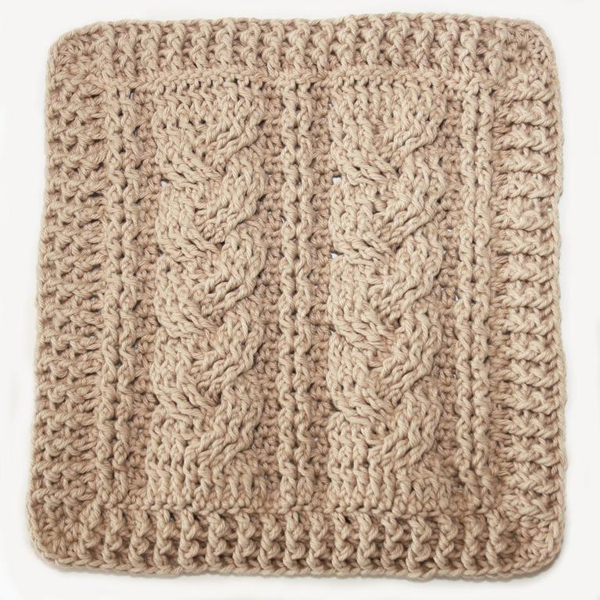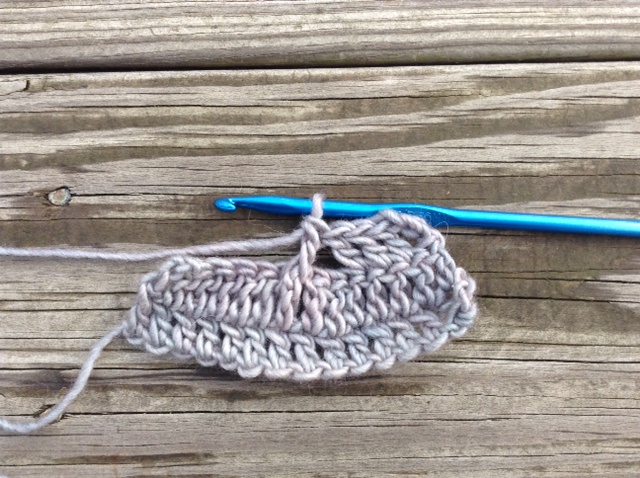Here are tips that you need to perfect the cable crochet stitch.
 Photo via knotsewcute
Photo via knotsewcute
1. It’s all about the post stitch.
 Photo via BluprLisa Gutierrez
Crochet cables can be worked in a variety of different ways. There are many different variations on the cable crochet stitch. However, they are almost all based on post stitches so you’ll want to practice basic crochet post stitches before you move on to cabling.
The most common post stitches used generally as well as in cabling are the front post double crochet (fpdc) and back post double crochet (bpdc) so you’ll want to start there.
Photo via BluprLisa Gutierrez
Crochet cables can be worked in a variety of different ways. There are many different variations on the cable crochet stitch. However, they are almost all based on post stitches so you’ll want to practice basic crochet post stitches before you move on to cabling.
The most common post stitches used generally as well as in cabling are the front post double crochet (fpdc) and back post double crochet (bpdc) so you’ll want to start there.
2. Count carefully.
3. Choose an easy yarn.
 Photo via TTB
Make it easy on yourself as you learn the cable crochet stitch by selecting a yarn that is easy to work with. A worsted weight yarn is ideal. Laceweight and other lightweight yarns may be too fiddly for the beginner crochet cabler. Likewise, yarns that are too bulky or thick-and-thin may be difficult to work with in this complex stitch pattern.
You should select yarn that is smooth as opposed to fuzzy; mohair would be a bad choice, for example. You should make sure that the yarn you select is not splitty. A standard wool, cotton or synthetic blend is best. Finally, you might want to work with a light, solid color at first in order to see all of your stitches clearly. Variegated yarns can look great worked into crochet cables but save them for after you’ve perfected your skill.
Photo via TTB
Make it easy on yourself as you learn the cable crochet stitch by selecting a yarn that is easy to work with. A worsted weight yarn is ideal. Laceweight and other lightweight yarns may be too fiddly for the beginner crochet cabler. Likewise, yarns that are too bulky or thick-and-thin may be difficult to work with in this complex stitch pattern.
You should select yarn that is smooth as opposed to fuzzy; mohair would be a bad choice, for example. You should make sure that the yarn you select is not splitty. A standard wool, cotton or synthetic blend is best. Finally, you might want to work with a light, solid color at first in order to see all of your stitches clearly. Variegated yarns can look great worked into crochet cables but save them for after you’ve perfected your skill.


Share tips, start a discussion or ask one of our experts or other students a question.
No Responses to “5 Must-Know Tips for Mastering the Cable Crochet Stitch”